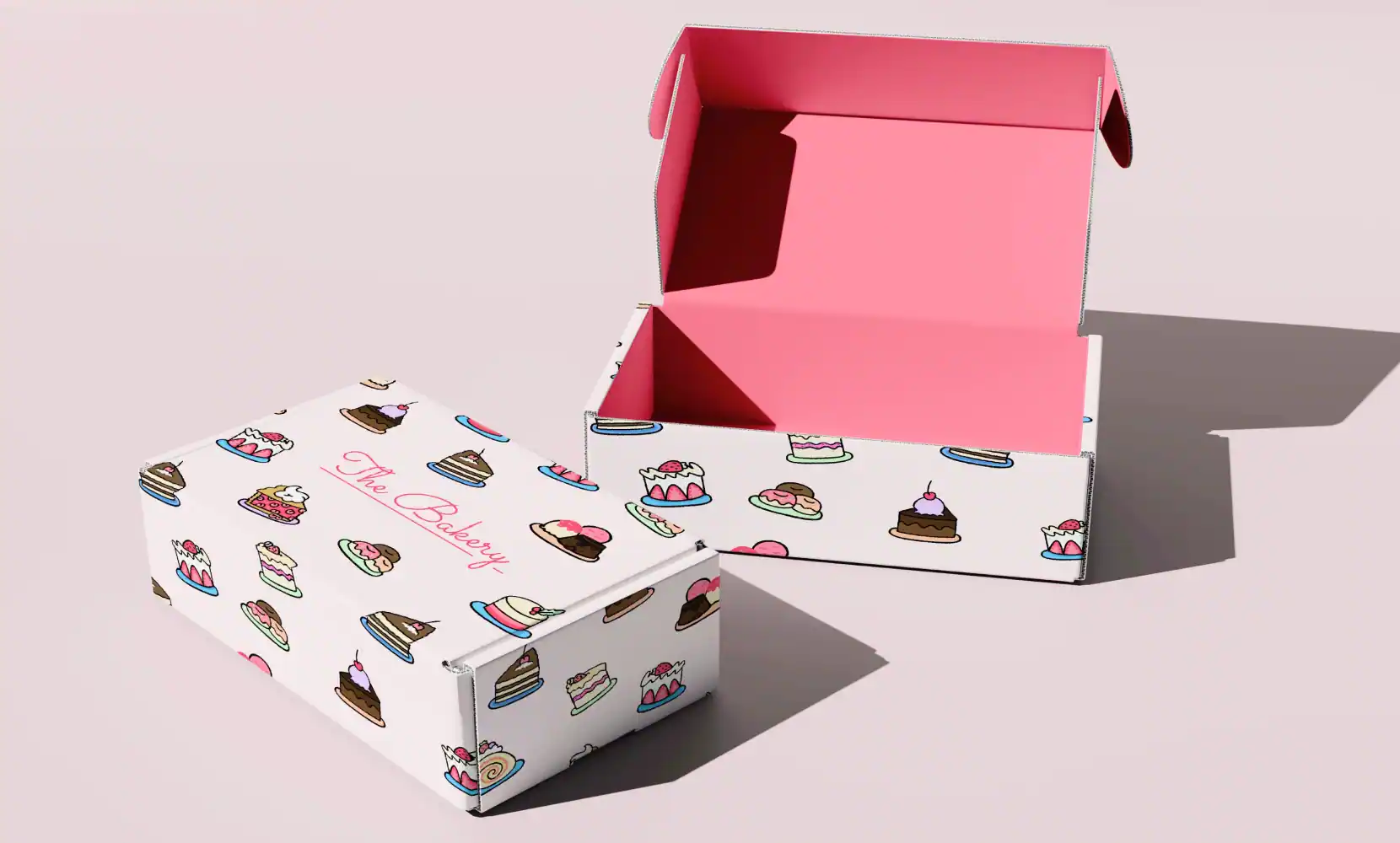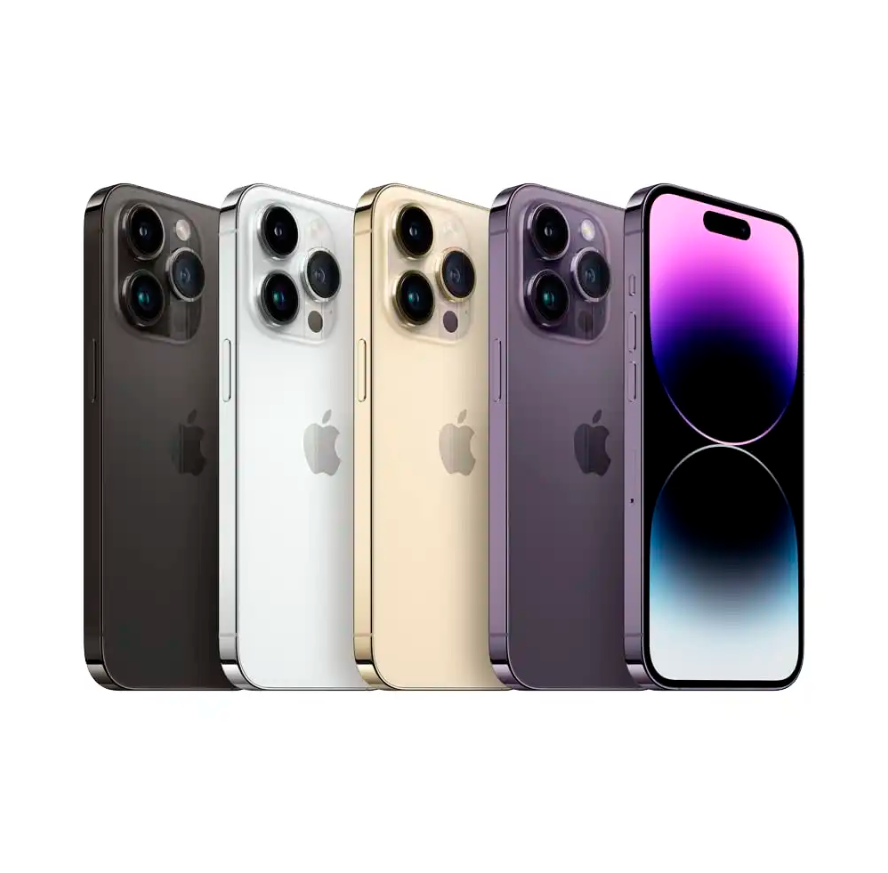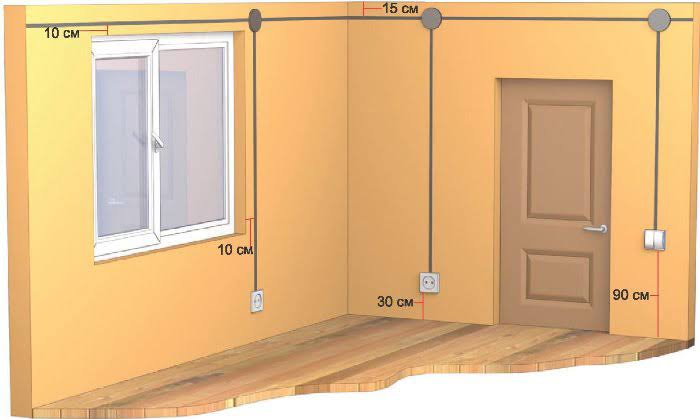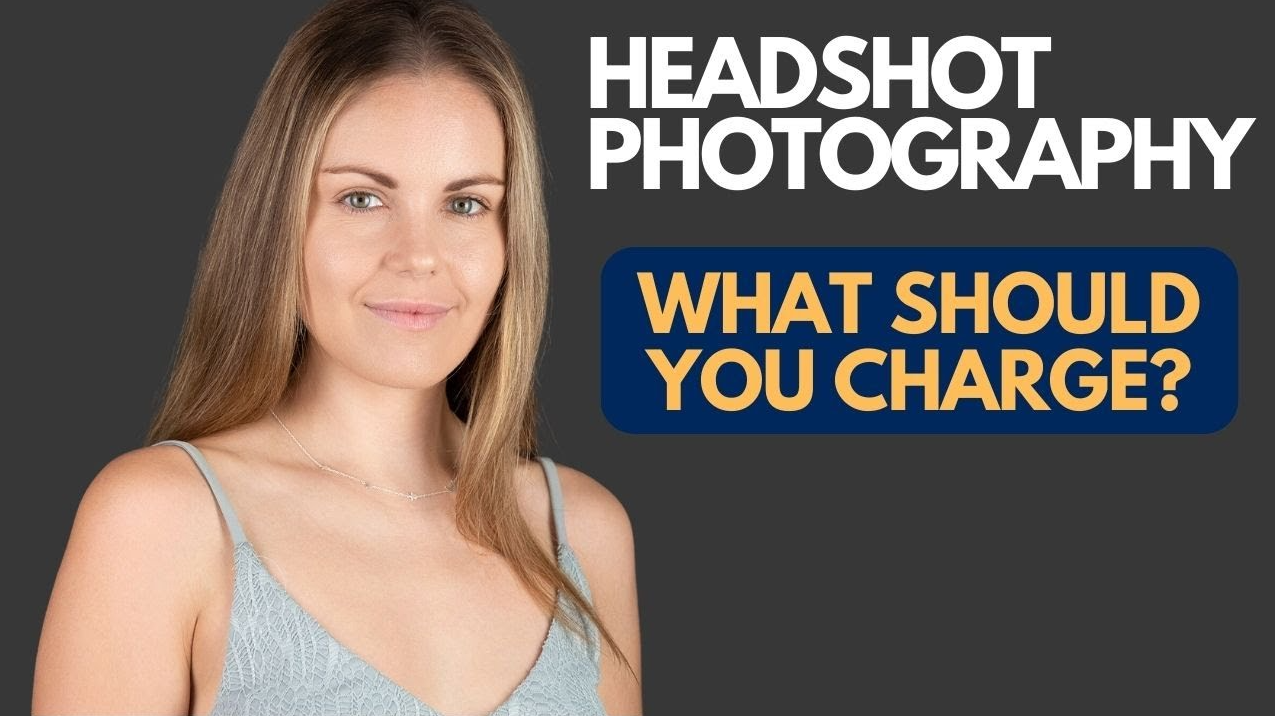The Psychology of Visuals: Emotional Connections in Package Design

Packaging is more than just a protective covering; it’s a silent persuader that speaks to our emotions. It holds the power to elicit feelings, stir memories, and establish connections that extend far beyond the physical. Welcome to the captivating realm of package design psychology, where every color, image, and detail is a stroke on the canvas of human emotions. In this article, we’ll embark on a journey through the intricate art of packaging design, exploring how it can weave profound and enduring emotional bonds between consumers and the products they cherish.
Join us as we delve into the psychology of visuals and unravel the enchanting secrets behind the alchemy of packaging.
The Visual Symphony of Packaging
In our fast-paced consumer-centric world, where every aisle and online store is a battleground of brands and products, the importance of packaging design cannot be overstated. It is the initial point of contact between a product and a potential consumer, making it a pivotal factor in influencing purchasing decisions. Vibrant colors, typography, imagery, and overall design aesthetics play a crucial role in capturing attention and conveying information. This initial visual impression sets off a chain reaction of emotional responses that significantly sway purchasing decisions.
The Color Palette of Emotions
Colors are fundamental elements of packaging design and wield remarkable power when it comes to influencing emotions. Each color carries its own set of feelings and associations:
- Red: The color of passion, excitement, and urgency. It’s frequently used to stimulate appetite and prompt impulsive buying, making it a popular choice in the food industry.
- Blue: A hue that exudes calmness, trustworthiness, and reliability. Brands often employ blue to establish a sense of security and dependability.
- Green: Associated with nature and health, green instills feelings of freshness and growth. It’s commonly used for eco-friendly and organic products.
- Yellow: Radiating happiness, positivity, and energy, yellow is often employed to create a cheerful and inviting vibe.
- Black: Symbolizing sophistication, luxury, and elegance, black is frequently used by high-end brands to convey exclusivity and refinement.
Understanding the psychological impact of colors empowers packaging designers to strategically select hues that align with the desired brand image and elicit specific emotional responses from consumers.
The Role of Imagery
Imagery is a potent trigger for emotional connections in packaging design. Humans are visual beings, and compelling visuals can engage our senses and emotions more effectively than text alone. We process images considerably faster than text. The normal person has 9 to 21 senses, but the eye receives 70% of sensory data. In reality, half of your brain is used only for visual processing. Let’s explore some ways in which imagery is harnessed in packaging design:
- Storytelling: Imagery can narrate a story or depict a scenario that resonates with consumers. For instance, packaging featuring images of a happy family gathered around a dinner table can evoke feelings of togetherness and warmth, making it more appealing to family-oriented consumers.
- Nostalgia: Vintage imagery or retro designs can trigger feelings of nostalgia, transporting consumers to simpler times. This creates a sense of comfort and familiarity with the product.
- Lifestyle Aspirations: Imagery can showcase the desired lifestyle associated with a product. For example, a fitness product’s packaging might depict active, healthy individuals, appealing to those aspiring to lead an active life.
- Cultural Significance: Packaging imagery can connect with specific cultural or regional preferences, resonating more deeply with targeted consumer groups.
By strategically incorporating imagery that aligns with a brand’s message and the emotions they wish to evoke, packaging designers can create a visual narrative that resonates with consumers on a deeply personal level.
The Art of Typography and Brand Messaging
Typography, the art of arranging and designing text, plays a pivotal role in packaging design. It’s not just about the words themselves; it’s about how they are presented. The choice of fonts, text size, spacing, and alignment can convey different emotions and messages:
- Serif Fonts: These fonts, adorned with decorative lines at the ends of characters, often convey tradition, reliability, and seriousness. They are commonly used by well-established and authoritative brands.
- Sans-serif Fonts: Clean and modern, sans-serif fonts represent simplicity, clarity, and innovation. They are favored by tech companies and brands targeting a younger audience.
- Script Fonts: Script fonts, with their flowing and cursive-like appearance, can evoke elegance, romance, and creativity. They are often used in premium and artisanal product packaging.
- Bold and Italicized Text: These formatting choices can add emphasis and urgency to a message, compelling consumers to take action, such as making a purchase.
In addition to font selection, the content of the text is equally important. Catchphrases, slogans, and brand messages should align with the emotions and values the brand wishes to convey. For instance, a brand emphasizing sustainability and eco-friendliness should ensure that its packaging text reflects these values to resonate with environmentally conscious consumers.
Collaborating with Packaging Design Experts
In a fiercely competitive marketplace where consumers are inundated with choices, businesses that offer diverse products understand the critical importance of exceptional packaging design. This realization extends across various industries, from cosmetics and electronics to emerging sectors like CBD products.
Consider, for example, the CBD industry, which has experienced remarkable growth in recent years. CBD products come in various forms, from tinctures and capsules to edibles and topicals. To stand out in this crowded market, businesses understand the necessity of partnering with packaging design experts who comprehend the nuances of weed packaging products and their target audience.
Similarly, businesses in other industries are collaborating with packaging design experts to craft narratives that connect with consumers on a deeper level. Whether it’s through sustainable packaging choices, compelling imagery, or emotionally resonant typography, these experts are well-versed in the psychology of visuals and how they can create lasting emotional connections between products and consumers.
Conclusion
In the world of packaging design, colors, imagery, typography, and the art of storytelling converge to create a profound impact on our emotions and purchasing decisions. Beyond aesthetics, packaging serves as a strategic tool for building emotional connections between consumers and products. Brands that understand the psychology of visuals recognize that packaging is a silent storyteller, inviting consumers to become part of the brand’s narrative. From trust and nostalgia to excitement and serenity, packaging design is an art form that resonates with us on a deeper level, shaping our preferences and forging lasting bonds between brands and consumers.
Read Also : The Psychology of Visuals: Emotional Connections in Package Design




